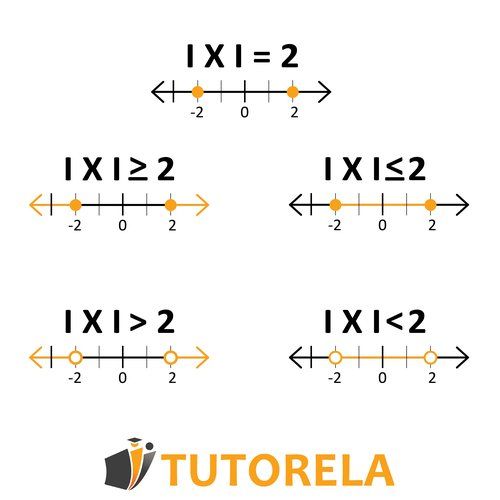When you come across signs like or , , and even or ,you will know it is an inequality.
Inequalities define ranges of possible values rather than single solutions, whether one value is less than, greater than, or equal to another, helping to describe situations where quantities can vary within certain limits. Therefore, The result of the inequality will be a certain range of values that you will have to find.
An important rule to keep in mind: when you double or divide both sides of the operation, the sign of the inequality is reversed!
